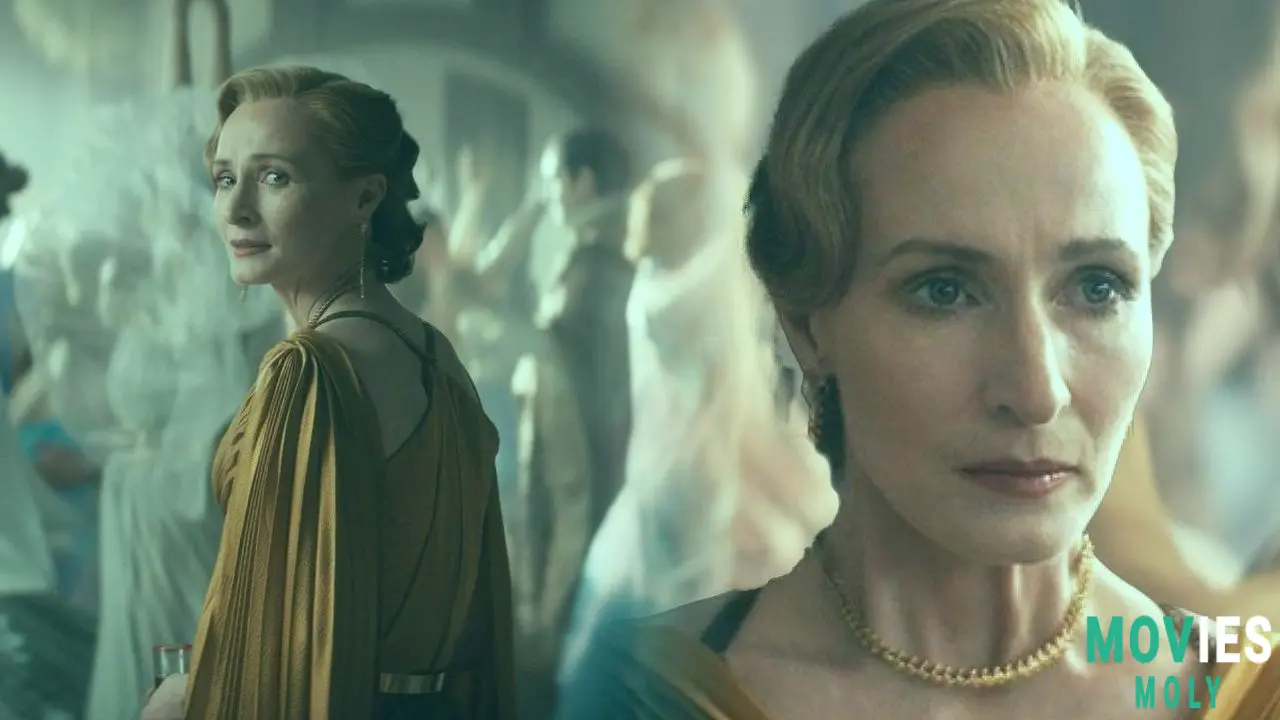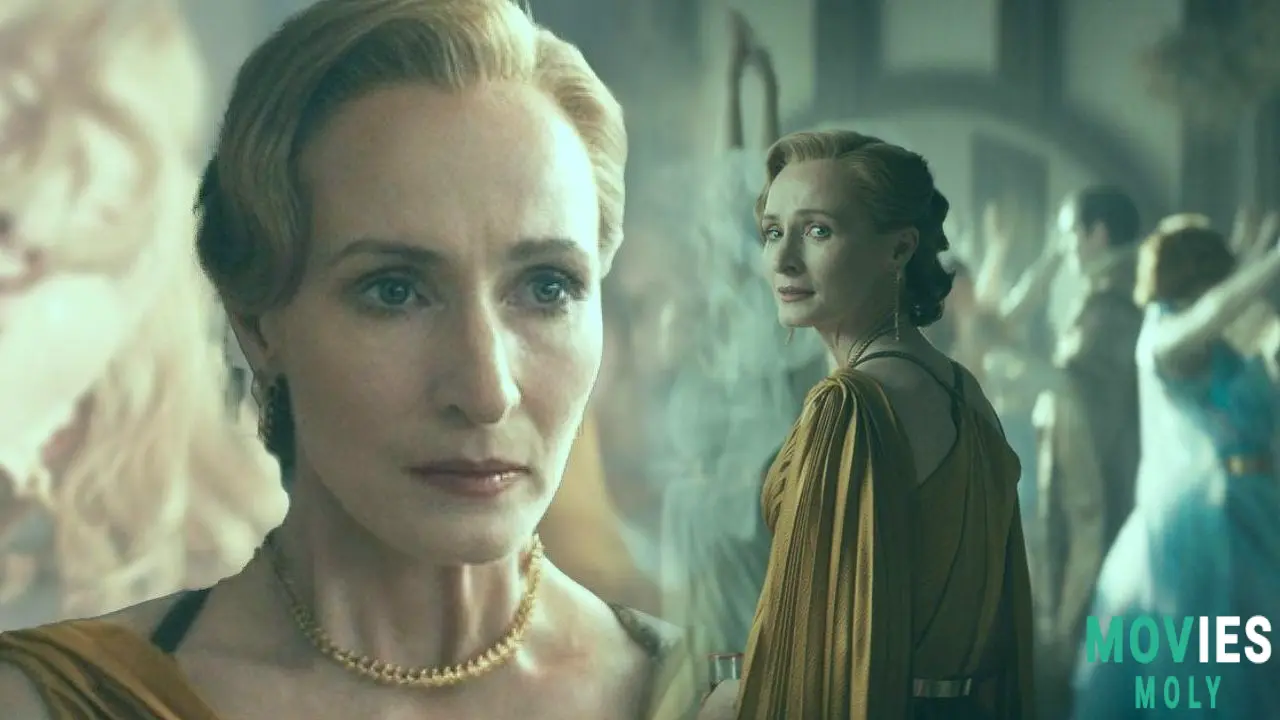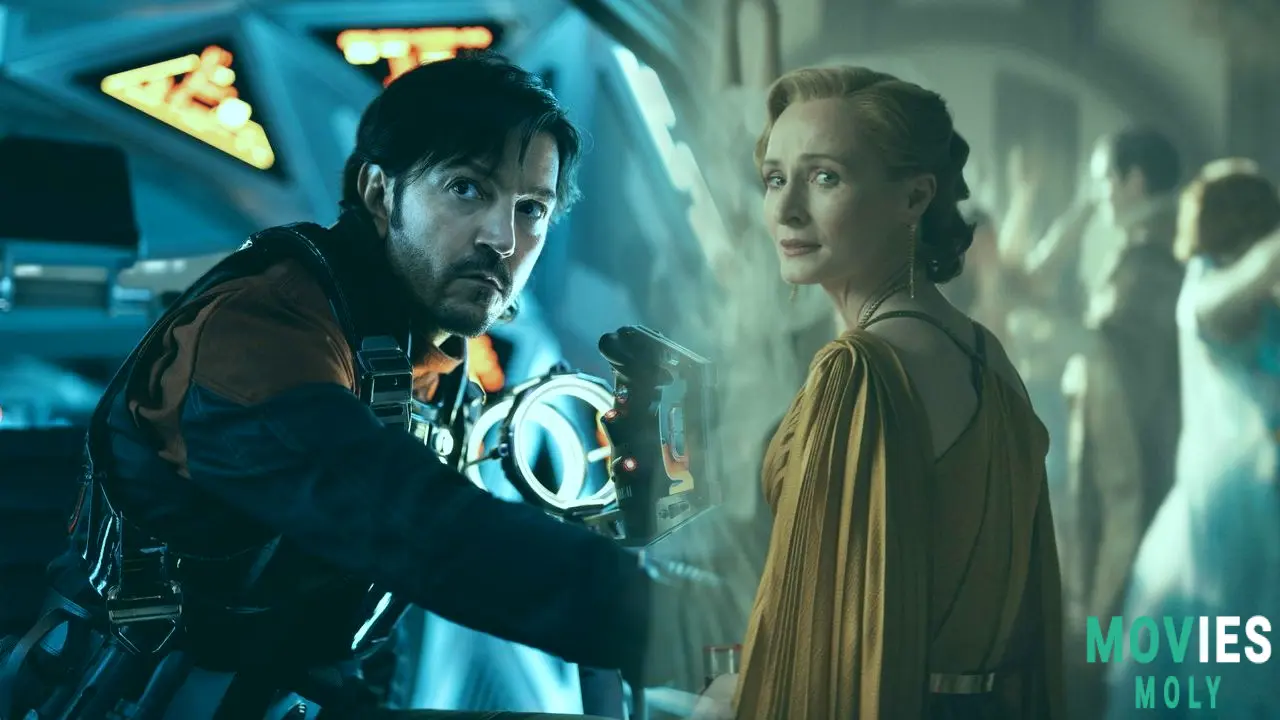For decades, Mon Mothma existed in the Star Wars galaxy as little more than a stately presence—an emblem of the Rebel Alliance’s moral compass, delivering crucial exposition between lightsaber duels and space battles. Whether it was Caroline Blakiston’s dignified portrayal in Return of the Jedi or Genevieve O’Reilly’s silent gravitas in Rogue One, Mon Mothma rarely ventured beyond the realm of “serious senator with a secret cause.” That is, until Andor unleashed her into full emotional and narrative orbit.
How Andor Gave Mon Mothma the Complex Story She Deserved All AlongO’Reilly’s performance in Andor isn’t just a return to a role she’s long been tied to—it’s a reinvention. Thanks to creator Tony Gilroy, Mon Mothma is no longer just a voice for the Rebellion. She’s a living, breathing (and sometimes dancing) paradox of grace, grit, and growing desperation. The senator’s arc in the second season, especially during the wedding trilogy of episodes on Chandrila, peels back every layer of her existence: politician, rebel, mother, wife, and daughter of an entrenched societal orthodoxy she’s spent her life trying to escape.
It’s a testament to the writing that Mon’s personal life doesn’t just mirror her political one—it clashes with it in explosive, heartbreaking ways. Hosting her daughter Leida’s opulent wedding—a ceremony she orchestrated as a financial gambit to fund the Rebellion—Mon finds herself entangled in a web of family dynamics, societal expectations, and covert insurgency. The union meant to secure resources for her cause instead exposes the fragile balancing act she’s maintained between public image and private conviction.
Mon Mothma’s Wedding Is a Masterclass in Subtext, Rebellion, and Emotional Risk

There’s a brilliant tension in these episodes that is rarely this palpable in Star Wars storytelling. Every toast, every glance, every ceremonial dance is loaded with double meaning. Mon’s relationship with her daughter is fraught—not only because Leida represents the very orthodoxy Mon is rebelling against, but because Leida’s own agency is compromised by her mother’s plans. Yet, in a quiet moment before the ceremony, Mon acknowledges this. She speaks to her daughter, and in doing so, gives her space to become something more than just a pawn. It’s a small but significant moment that turns a potential character flaw into emotional gold.
Then there’s her husband—a man adrift in tradition and comfort, whose hedonistic speech at the reception momentarily jolts Mon into the painful awareness of how isolated she truly is. His worldview is grounded in enjoying what life offers, while hers is consumed by the looming storm of rebellion. That split isn’t just marital; it’s existential.
Mon Mothma Dancing to “Niamos!” Is the Space Age Breakdown We Didn’t Know We Needed

And what a storm that becomes. In a scene that has already inspired an entire one-hour looped video release (because, of course, it has), Mon Mothma lets go. She dances. She drinks. She caves and erupts all at once. To the pulsating, galaxy-wide techno hit “Niamos!”—composed by Succession’s own Nicholas Britell—Mon’s dance is everything she’s not allowed to be in the Senate: messy, emotional, desperate, alive.
It’s easy to underestimate the power of a scene like this, but that's only if you don’t dig beneath the surface. Mon isn’t dancing for fun. She’s dancing to stop herself from screaming. This is a woman who has spent her life wearing masks, and here, in the middle of a celebration that’s also a funeral for her ideals, she sheds them through movement. As O’Reilly puts it, this was an extraordinary gift—a chance to break Mon out of her physical and emotional mold and into something human.
The Personal Cost of Rebellion Comes Crashing Down in Mon Mothma’s Story
But the dance is also a last moment of reprieve before everything crumbles. When Tay Kolma—her old friend and trusted ally—is forced to blackmail her, Mon is visibly shaken. This isn’t just political pressure; this is personal. Andor doesn’t let Mon Mothma off the hook by turning her into a saint. Instead, it places her squarely in the moral gray, where loyalty, survival, and sacrifice collide. The fact that Luthen Rael uses her moment of vulnerability to pivot her into a role that will likely haunt her forever makes her journey all the more poignant.
What’s striking about Mon’s arc is how it confronts the illusion of separation between public and private selves. She clings to her senatorial role because it’s her only leverage within the system she’s working to dismantle. Yet every step deeper into the Rebellion chips away at her personal life, her relationships, and her sense of self. The moment she crosses the line and can no longer wear the mask is her true origin story—a transformation that retroactively gives meaning to every quiet scene she ever had in the original trilogy.
Mon Mothma’s Journey Is a Timely Reflection on Truth, Sacrifice, and Female Agency
What makes this all resonate even more is how timely Andor’s political subtext is. Though set in a galaxy far, far away, the series grapples with themes of authoritarianism, dissent, and the cost of speaking truth to power in ways that feel uncomfortably close to home. Mon Mothma’s story isn’t just about fighting an Empire; it’s about what it takes to fight when the system itself is corrupted—and how many parts of yourself you have to lose in the process.
For fans who only knew Mon Mothma as the voice behind the Bothan intel, Andor offers a revelation. This is no longer a side character. This is a founder of freedom, forged in fire, cloaked in elegance, and unafraid to have a hangover the morning after saving the galaxy.





